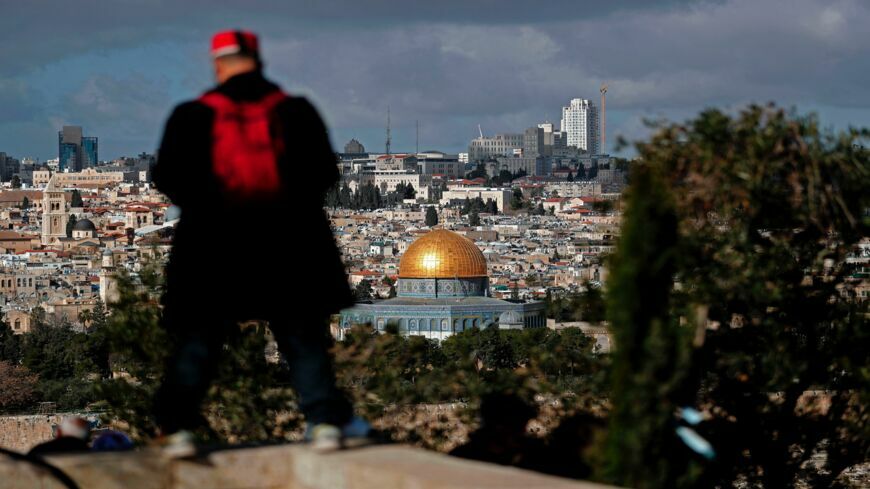
For the citizens of Gaza, the Israeli government has put severe restrictions on who can leave the area (for instance, if you had a life-threatening illness, one would need a permit to seek medical attention in an Israeli hospital). But two years ago, Israeli authorities granted older religious pilgrims the right to enter Israel for the day. So on every Friday, a few hundred Palestinians, mostly senior citizens, take part in a 90- minute bus ride to Jerusalem so they can pray at al-Aqsa Mosque, the third-holiest site in Islam.
When the group was asked when they last visited Israel, they said: 2004 or 1986 or 1974. Marwa Shurab, 58, visited Jerusalem more than 40 years ago. “I was a young girl then,” she says, looking outside the bus window at Israel. “There are a lot more trees now.”
The day’s itinerary is a visit to Haram al-Sharif (or the Noble Sanctuary) which is a raised esplanade that harbors al-Aqsa Mosque and the golden Dome of the Rock followed by a short stroll through the Old City. The group must be back on the bus by mid-afternoon – “or else.”
Explaining the trade and travel blockade of Gaza, the Washington Post cites one main reason: Hamas. “The United States and Israel consider Hamas a terrorist organization. Materials such as cement and pipes, imported to Gaza for civilian use, are routinely appropriated by Hamas to build tunnels and rockets, Israel says. Gaza’s 1.8 million residents are also a security threat, as they can act as couriers or smugglers for Hamas, the authorities say — although the Palestinians say that this is not true, that the restrictions are really just a kind of punishment.”
Pilgrim Huda Buhasi, 60, does not dwell on the long-running conflict between Israelis and Palestinians. “We are old and we should pray at the mosque one more time before we die.”



